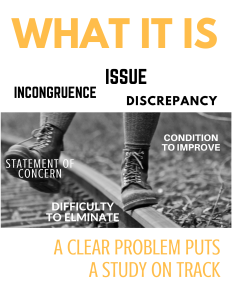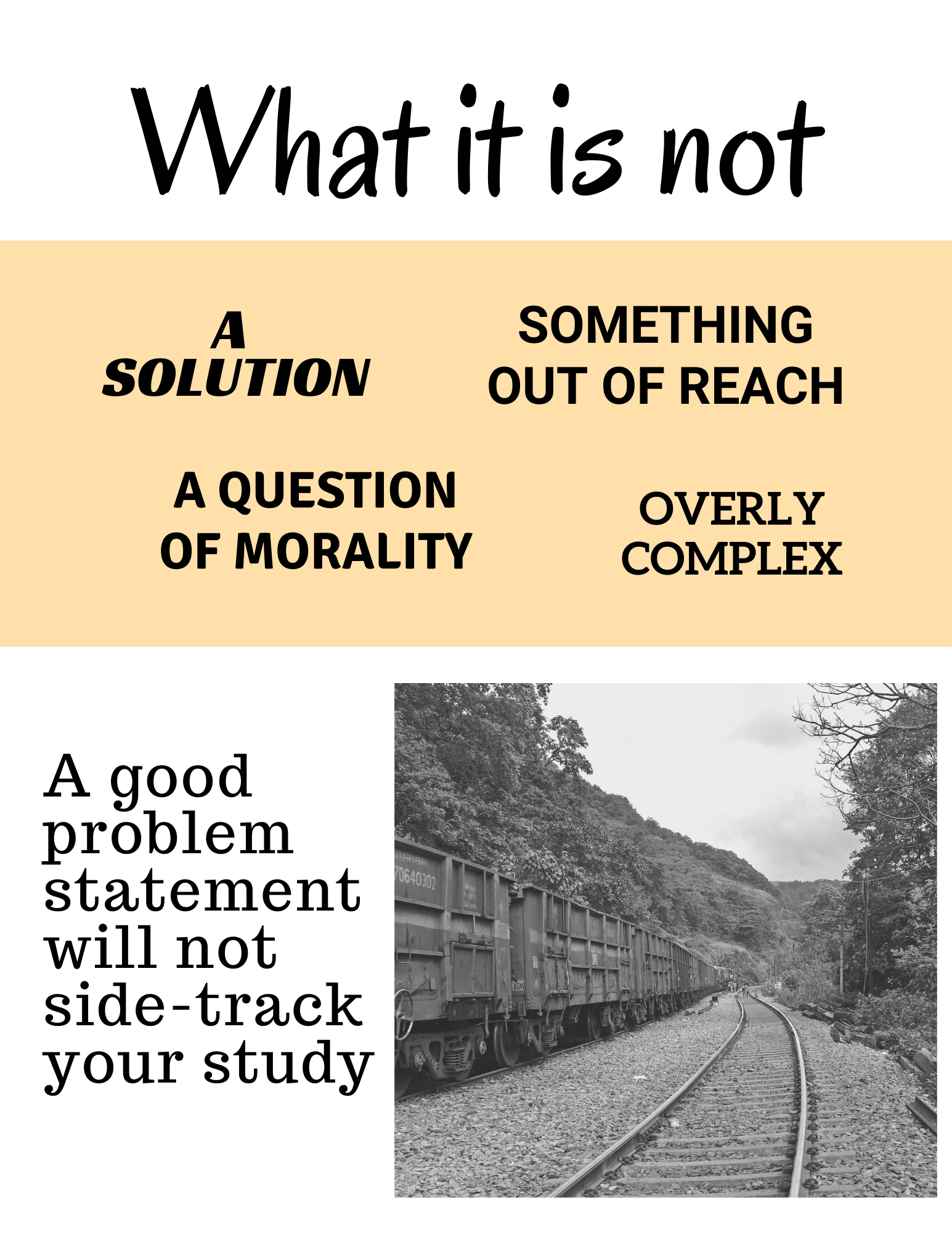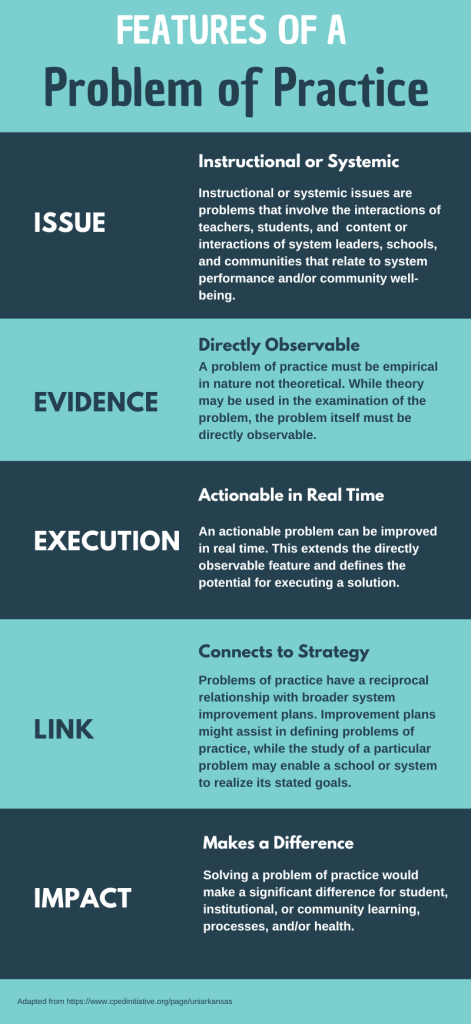Capstone Components
6 Problems and Problems of Practice
The story continues…
Harry was getting excited as he observed Pickles checking around the house, clearly paying attention to the cracks in the basement. These mice better are aware now, the cat is in the house.
As Harry was enjoying observing Pickles patrolling and getting accustomed to the surroundings, Harry noticed a mouse, slowly retreating along the wall toward a crack. He saw Pickles charging toward it, but the mouse beat the cat in the race. Before Pickles could catch it, the mouse was gone! Perhaps Pickles would be a better hunter at night, Harry thought.
Evening approached, and Harry was about to turn the lights off. Oh my, he thought, I forgot to close that peanut butter jar on the kitchen table. Oh well, Harry thought. Perhaps it will set a great stage for Pickles’ night hunt! Perhaps. That night as he slept, Harry dreamt his house was mouse free, once and for all, his brave superhero cat, Pickles, has caught many mice, and the rest of the mice left for the neighbor’s house.
In the morning, Harry woke up and noticed Pickles sleeping comfortably on a pillow in the corner. When Harry went to get breakfast, he found the jar of peanut butter spilled on the kitchen table with mouse prints all over, but no dead mice. The peanut butter clearly served as a jackpot find for rodent residents. A terrible idea crossed Harry’s mind: What if Pickles does not catch any of the mice? Maybe he will tomorrow…maybe, Harry thought.
You guessed it, Pickles seems to be too slow to catch mice. So far, Pickles was proving to be a good friend to the mouse colony living in Harry’s house. Now what?
Interpreting the Story
Harry has a problem with his new cat. Pickles seems too slow to catch mice. Cats are usually fast and like to eat mice, especially Siamese cats. This is why Harry got Pickles in the first place. Harry has lots of mice in his house who get into his food and eat his favorite cheese. The trouble is, Pickles is not catching the mice, so they are still tenants in Harry’s house. Harry’s new cat was supposed to solve his problem, but his problem remains.
The issue = Pickles does not catch mice.
The pain/why it is an issue = Harry’s house is overrun with mice.
The consequence = The mice eat Harry’s favorite cheese.
Problems
Problems abound in education and the social sciences. The Problems and Problems of Practice describe specific challenges in education needing systematic and objective investigation to find a solution, test a theory, determine cause and effect, or find effective strategies that address the issue. The research story begins with a problem.
While finding problems in education is easy, identifying a good research problem in education is not as simple as it may seem. For a problem to be a research problem, the pain it causes and the consequences of the issue must be identifiable. Educational problems cause some form of personal pain, like stress, low self-esteem, lack of belongingness, or missed skills, for some examples. There is also a need to investigate the research problem because there is a greater educational consequence and broader impact, such as low academic achievement, teacher burnout, or increased dropout rates, etc.
A problem is worthy of conducting a research project if there is an issue, a pain it causes, and a resulting educational consequence. If information can be obtained about a problem in education by simply completing an internet search, then it is not a good research problem. For example, if you wish to know if there are some best practices for doing reading circles because you do not like your strategy, an internet or library search can provide you with new information. A research project would not be necessary in this case because it only requires information gathering. There is no issue, no pain, and no educational consequence beyond a desire to improve your practice.
What if you found there was a reading circle strategy that interfered with the reading comprehension of low socio-economic (SES) students? The issue also resulted in low reading assessment scores. Yet, you could not find a best practice that addressed this population of students. Now, there is an educational problem needing to be addressed.
The issue = The reading circle strategy interferes with reading comprehension.
The pain/why it is an issue = Reading comprehension for low SES students is reduced.
The consequence = Low reading assessment scores.
 |
 |
Conducting research to address a problem should contribute to educational knowledge or practice. This means the research should have some value beyond the author’s specific situation. Research should be shared with the educational community. A research project can contribute to educational knowledge in a variety of ways. The primary criterion to consider is finding a niche in the current research literature where the study fills a void.
The goal of situating a research project in a niche in the current research supports its value to the educational community. Identifying the niche for the study can include a variety of strategies for finding a problem that:
-
-
- lacks published research;
- replicates a study with different participants or in different settings;
- involves understudied people groups;
- expands a theory;
- informs/improves practice.
-
A research project must identify an educational problem and study it in a way that expands knowledge or does something new. The idea is moving knowledge forward rather than restating previously published research. Problems are the linchpin of a research project. Well-crafted and correctly articulated problems are the key in developing a project that expands knowledge and practice in education.
Problems of Practice
Problems of practice are localized issues that may or may not exist in wider educational settings. Issues considered to be a problem of practice are “persistent, contextualized, and specific, embedded in the work of a professional practitioner, the addressing of which has the potential to result in improved understanding, experience, and outcomes” (CPED, n.d., p.2).
Problems of Practice (PoP) often do not yield generalizable results as the context is highly specific, e.g., an issue with low scores on tests rarely administered in schools other than yours, or social/cultural issues involving a small and unique population. Results from studying these problems of practice would be limited in application outside of these educational settings.

Problem Statements
A problem statement articulates the specific issue being addressed in a research project. It is a concise statement of what the issue is right now. What is the problem and why is it a predicament, hindrance, or challenge? A good research problem is an issue or difficulty of some significance, urgency, and priority when investigated will make a useful contribution to the body of knowledge in education.
A good problem statement should express the issue and why it is a problem. The lack of something is not a researchable problem. What is happening because of that lack is what is researchable. A good format to follow for writing problem statements is…
The problem with X is Y, which causes Z.
X = existing issue
Y = pain/why it is an issue
Z = consequence
Think about our story of Pickles.
The issue = Pickles does not catch mice.
The pain/why it is an issue = Harry’s house is overrun with mice.
The consequence = The mice eat Harry’s favorite cheese.
The problem statement would read something like:
Harry’s cat, Pickles, does not catch the mice resulting in Harry’s house being overrun with mice and Harry’s favorite cheese being eaten.
Consider the components in this problem statement:
School administrators experience high stress due to the many responsibilities required of them, leading to a shortage in the number of professionals willing to enter and stay in the administrative field.
X = many responsibilities required of school administrators
Y = high stress
Z = a shortage of administrators
Notice in the problem statement about school administrators. The order of the X, Y, and Z components was different from the format presented. The order of the components of the problem statement is not as important as having all the components. Ensuring clarity in the wording of the statement may require rearranging the components. However, problem statements have an issue, a pain, and a resulting consequence.
Telling the Research Story
Writing the problem statement is the first step in developing your research story. It is a succinct expression of the conflict in the research story. The problem statement is the topic of educational research; it represents what the story is about and what must be identified before the story can begin. The problem statement is written in the introduction to a literature review. This serves as the thesis or main idea and guides the leveled headings of the findings explained in the rest of the literature review.
The problem statement is found in one of the first headings in a capstone project along with the background information, usually entitled, “Background and Problem.” Depending on how the background is structured, the problem statement is placed at the beginning or the end. The heading may start with the problem statement and then tell the background or it begins with the background information that leads to the problem statement.


